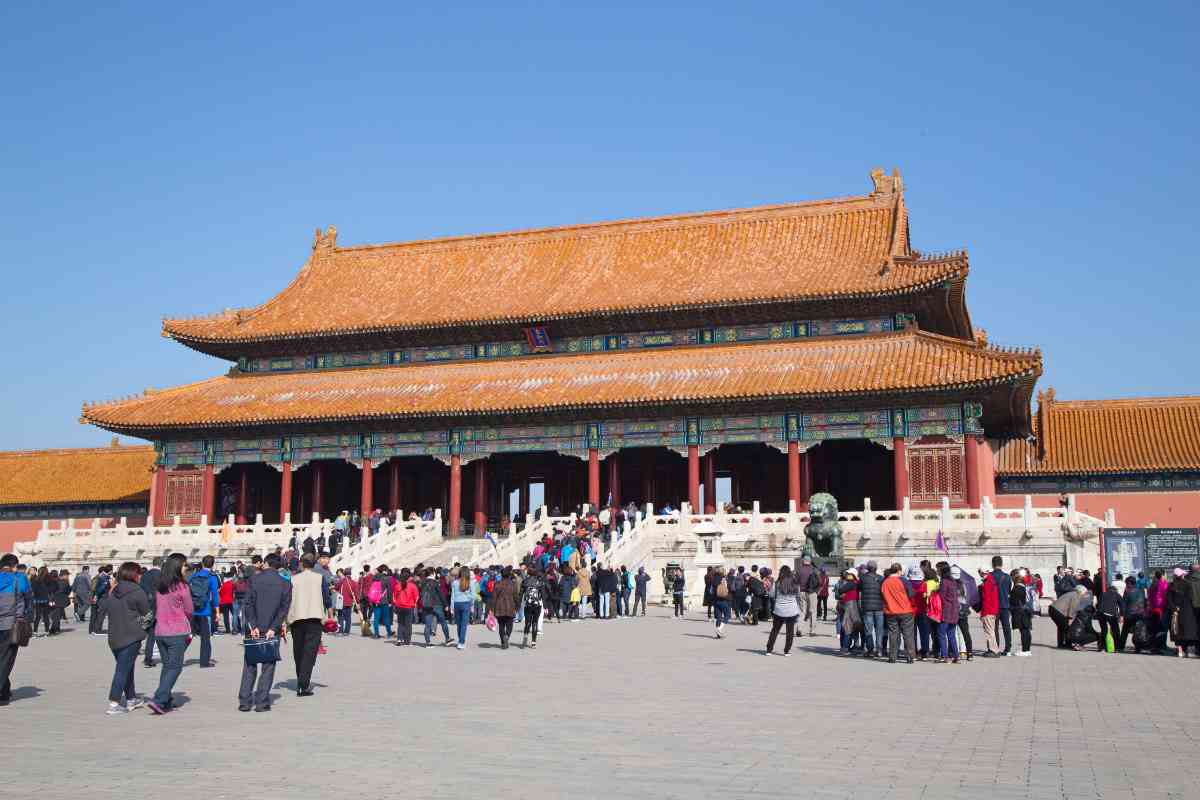Beijing, the vast capital of China, presents an intoxicating mix of contemporary high-rises and age-old shrines. This metropolis serves as a historical reservoir, retaining the essence of bygone epochs, yet simultaneously pulsating with current rhythms. For those passionate about history, are you aware that the city gates of old Beijing rank among its most treasured remnants? Allow me to guide you on a journey across epochs and masonry.
Beijing, historically known as the walled city, once boasted numerous gates that served as entrance and exit points, as well as defense structures. While modernization has taken its toll and many of these gates no longer exist, their memories persist through their remnants, structures, and names.
Uncover the wonders of Beijing with our curated list of the best places to visit in Beijing, highlighting iconic landmarks, cultural treasures, and hidden gems that promise an unforgettable exploration of China’s vibrant capital city.
Table of Contents
What are the 9 gates of Beijing?
Historically, the Beijing city wall had nine major gates. We’ve selected 5 for you that are must visit sites. These 9 gates however were all built during the Ming dynasty to protect the city. They are:
- Deshengmen (德胜门) – Gate of Virtuous Triumph
- Andingmen (安定门) – Gate of Stability (or Peace)
- Fuchengmen (阜成门) – Gate of Abundant Success
- Xizhimen (西直门) – Western Straight Gate
- Xuanwumen (宣武门) – Gate of Proclamation and Martial Might
- Zhengyangmen (正阳门) – Gate of the Zenith Sun (often referred to as “Qianmen” or Front Gate)
- Chongwenmen (崇文门) – Gate of Esteemed Literature
- Dongzhimen (东直门) – Eastern Straight Gate
- Chaoyangmen (朝阳门) – Gate of Facing the Sun
What is the famous gate in Beijing?
The most famous gate in Beijing is Zhengyangmen (Qianmen), often referred to simply as Qianmen. Located to the south of Tiananmen Square, it served as the front gate of the Inner City during the Ming and Qing Dynasties. With its iconic watchtower, it stands as a prominent symbol of Beijing’s historical grandeur and is a popular tourist attraction.
Here are five of the most prominent ancient city gates of Beijing.
1. Deshengmen (德胜门)
Translating to “Gate of Virtuous Triumph,” Deshengmen is one of the two city gates that still stand today. Historically, it was a vital hub for traders, especially those traveling to and from Mongolia.
2. Zhengyangmen (正阳门)
Often referred to as “Qianmen” (Front Gate), Zhengyangmen is another surviving gate and is located to the south of Tiananmen Square. It used to serve as the front gate of the Inner City during the Ming and Qing Dynasties and stands as a symbol of Beijing’s historical grandeur.
3. Andingmen (安定门)
Meaning “Gate of Stability,” Andingmen was located in the northern part of the city. While the gate itself has been demolished, the area still retains the name and has a bustling traffic roundabout.
4. Xizhimen (西直门)
Meaning “Western Straight Gate,” Xizhimen was located in the western part of Beijing. Like many other gates, the original structure no longer stands, but the name lives on as a major transport hub in Beijing, with train and subway stations bearing its name.
5. Dongzhimen (东直门)
Meaning “Eastern Straight Gate,” Dongzhimen was an essential gateway situated in the eastern part of the city. The original gate has been demolished, but the area remains a significant transport and commercial hub in modern Beijing.
How many gates and towers are on the Forbidden City Wall?
The Forbidden City, also known as the Imperial Palace, has a defensive wall surrounding it with four main gates:
- Meridian Gate (Wumen) (午门) – The southern and largest gate, which serves as the main entrance.
- Gate of Divine Might (Shenwumen) (神武门) – The northern gate, which faces Jingshan Park.
- East Glorious Gate (Donghuamen) (东华门) – The eastern gate.
- West Glorious Gate (Xihuamen) (西华门) – The western gate.
These gates were more than just architectural feats; they were crucial for defense, trade, and regulation of movement in and out of the city. They have seen countless events unfold through the ages, from the comings and goings of emperors to battles and everyday life of the city’s residents.
Explore the rich culture of Beijing by visiting traditional tea houses, as highlighted in our guide to experiencing the authentic charm of traditional tea houses in Beijing.


